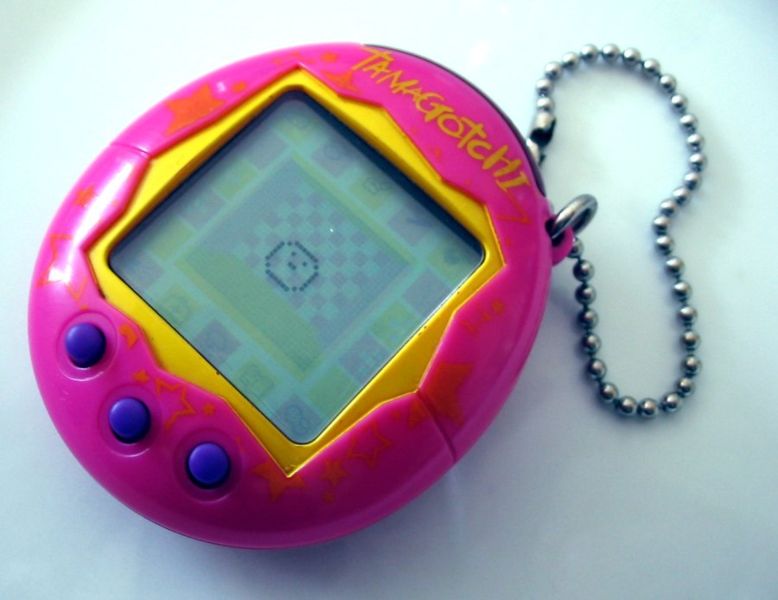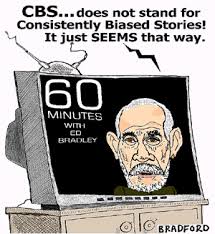Here is a site that shows some of the fads from the 20th century:
www.crazyfads.com



Media Studies Blog, Babson College 2010




 Halloween at Babson and all over the United States is a exciting time of year when we can live vicariously through our favorite pop culture icons, monsters, and villains. The costumes in themselves are an important medium, especially around one of our favorite holidays. It allows us to become someone or something else, and mask our true identities. Personally, I love costumes that play on inside jokes or obscure pop culture references, just because when your audience figures out who you are dressed as, it makes it so much funnier. I did some research and I found out that the tradition of wearing Halloween costumes arises from the Pagan holiday called Samhain, in which individuals dressed as evil spirits to get rid of them. Today, we have given it a much more secular meaning, and dressing up is something that we can all enjoy. My point is that costumes are a medium that influence the audience that we project them to. For example, a girl who is scantily clad at a costume party is obviously doing so for a reason. For others, taking a more conservative approach shows their personality as well. There is something for everyone, and personally, I love costumes that I can craft out clothes that I have and a few scarce resources. Being the broke college student that I am, this Halloween I decided to dress up as Token from South Park. All I needed was a purple t shirt, black pants, and a yellow letter T on my t shirt. It worked out well because the audience decoded the character, and appreciated the resourcefulness with which I made my costume. Not to mention that I bear some resemblance to him. Here is what token looks like haha:
Halloween at Babson and all over the United States is a exciting time of year when we can live vicariously through our favorite pop culture icons, monsters, and villains. The costumes in themselves are an important medium, especially around one of our favorite holidays. It allows us to become someone or something else, and mask our true identities. Personally, I love costumes that play on inside jokes or obscure pop culture references, just because when your audience figures out who you are dressed as, it makes it so much funnier. I did some research and I found out that the tradition of wearing Halloween costumes arises from the Pagan holiday called Samhain, in which individuals dressed as evil spirits to get rid of them. Today, we have given it a much more secular meaning, and dressing up is something that we can all enjoy. My point is that costumes are a medium that influence the audience that we project them to. For example, a girl who is scantily clad at a costume party is obviously doing so for a reason. For others, taking a more conservative approach shows their personality as well. There is something for everyone, and personally, I love costumes that I can craft out clothes that I have and a few scarce resources. Being the broke college student that I am, this Halloween I decided to dress up as Token from South Park. All I needed was a purple t shirt, black pants, and a yellow letter T on my t shirt. It worked out well because the audience decoded the character, and appreciated the resourcefulness with which I made my costume. Not to mention that I bear some resemblance to him. Here is what token looks like haha:


